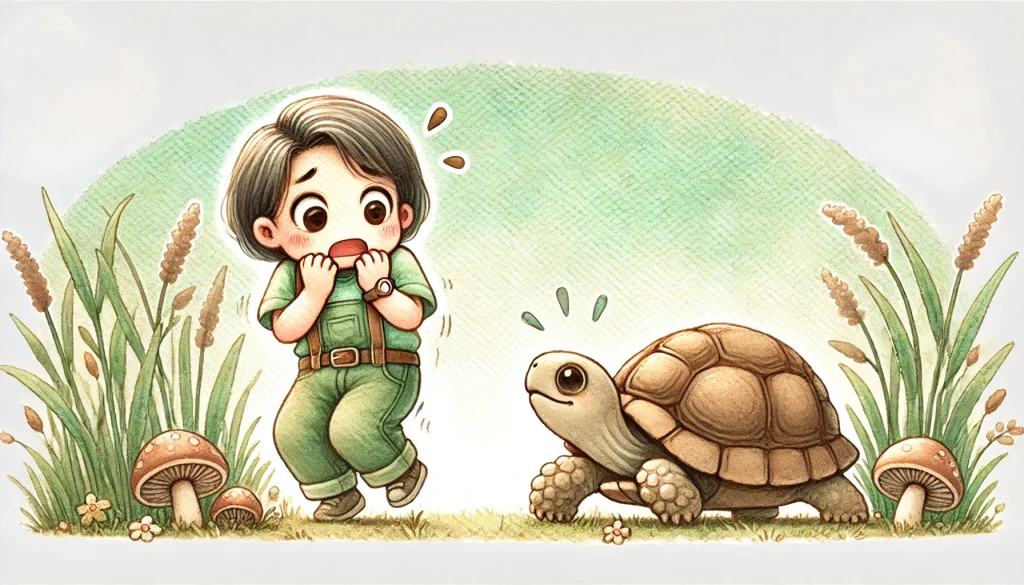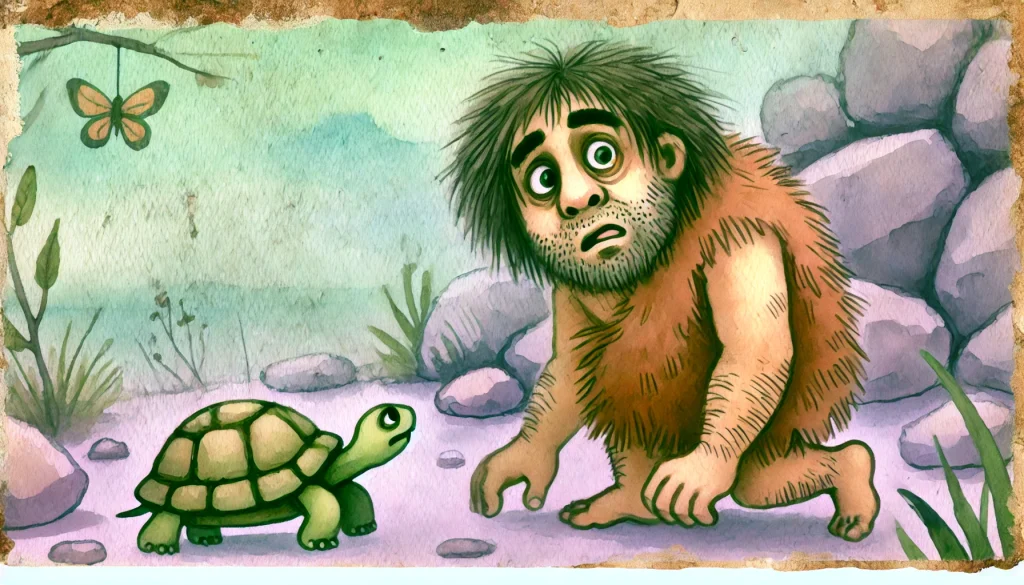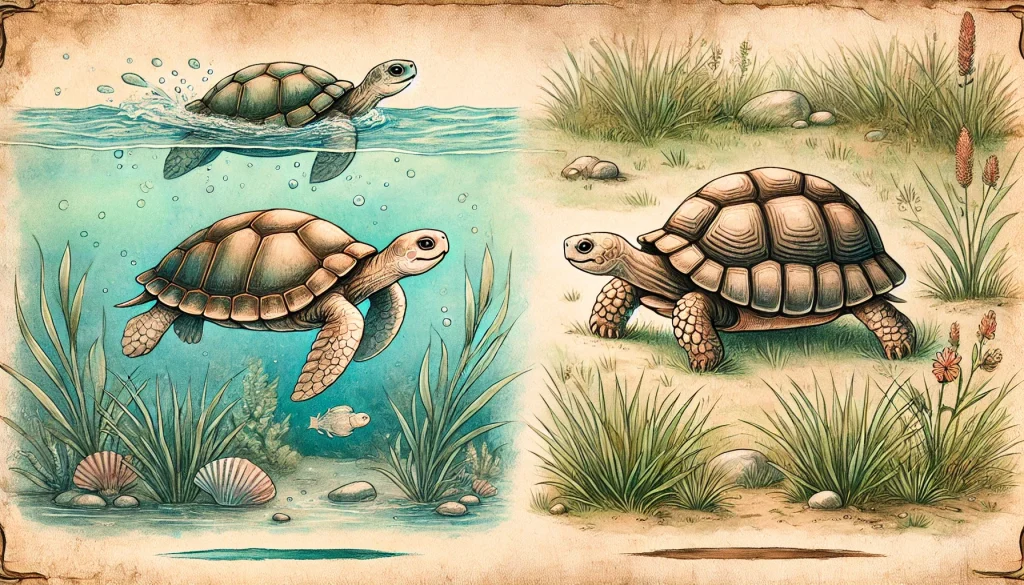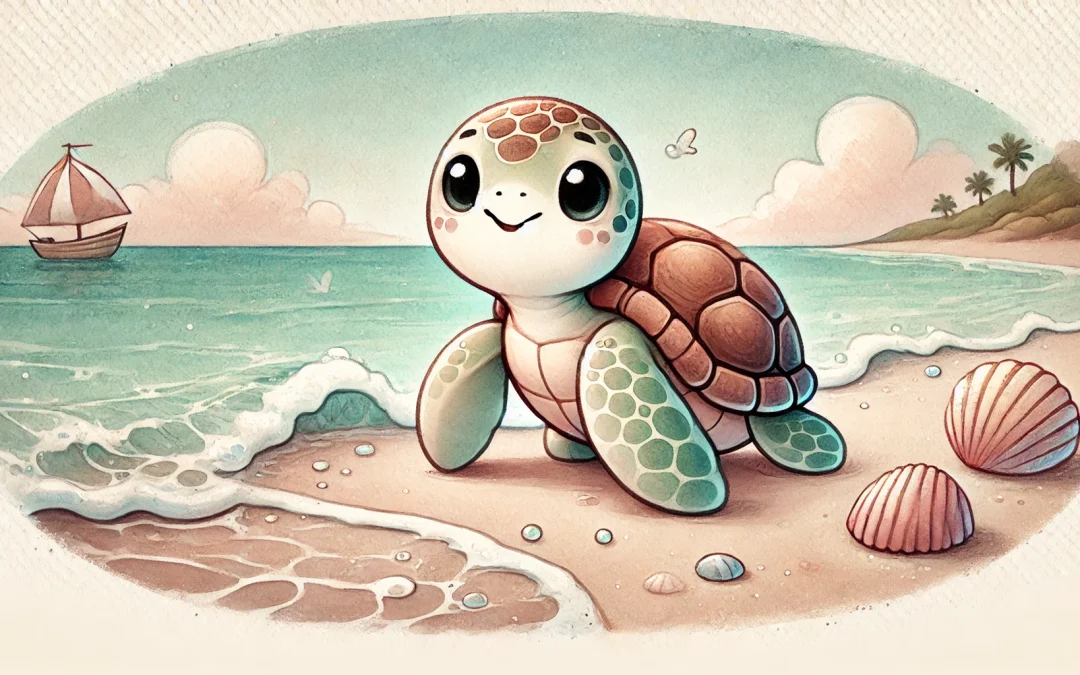A phobic fear of a turtle or tortoise can be embarrassing and inconvenient. Have you ever felt your heart thumping when around a turtle or tortoise? Do your muscles tense and your palms go sweaty? This could be a sign that you’re suffering from Chelonaphobia, the fear of turtles and tortoises.
Animal phobias are very common and many of us have some level of fear about at least one animal. However, a phobia is an extreme fear that can limit life. If you are afraid of turtles and tortoises you might find yourself avoiding places you might actually really want to visit. That dream beach holiday might just never happen. You feel unable to go into pet shops or zoos with your children. Even traveling to new exciting destinations might seem just too terrifying because of fear of an encounter with a turtle or tortoises.
However there is hope! It is fully possible to take steps to change your fears with the help of Creature Courage, the UK’s leading animal phobia therapists.
What is the Fear of Turtles and Tortoises?
The Fear of turtles and tortoises (Chelonaphobia) is a specific phobia, characterised by an irrational fear when around a turtle or tortoise or, even, when seeing a video, picture or just thinking about them. The fear can manifest in various ways, from mild discomfort to a full-blown panic attack. Though you might feel that being scared of turtles or tortoises isn’t quite in the same pool as a fear of sharks, Chelonaphobia is a very real and valid concern for those affected and can be just as debilitating.
Turtles and tortoises are reptiles so chelonaphobia is linked to the fear of reptiles (Herpetophobia). This is a more general fear of all reptiles. Herpetophobia is usually characterised more often with the fear of snakes and lizards, but, certainly, its not limited to these creatures.

Common Symptoms of Chelonaphobia
People with Chelonaphobia may experience:
- Rapid heartbeat
- Sweating
- Trembling
- Shortness of breath
- Nausea
- Dizziness
- An overwhelming urge to flee
These are all symptoms of specific phobias that can be triggered by seeing a turtle or tortoise in person, from pictures and videos, or even just their thoughts.
Understanding the Root Causes of Chelonaphobia
The fear of turtles and tortoises can stem from various sources:
- A Traumatic Experience: Perhaps you had a frightening encounter with a turtle as a child, perhaps being bitten or maybe you picked one up and you didn’t like the feel of the skin and shell. Traumatic animal experiences are not easy to predict and what is traumatic to one may be totally harmless to another.
- Learned Behaviour: You can feasibly pick up a phobia to any animal if you see your parents, siblings or friends displaying fear. This is the case with any creature.
- Cultural Factors: Although many cultures tend to associate turtles with longevity and protection, certain Polynesian cultures depict the turtle as the God of War – I didn’t see that one coming, either!
- Misunderstandings and cultural beliefs: A lack of knowledge about creatures can, sometimes, lead to unfounded fears. For instance, in Judaism the turtle is considered unclean and, therefore, to be avoided.
- Evolutionary Factors: Some researchers suggest that humans may have an innate fear of certain animals, including reptiles, as a survival mechanism from our evolutionary past. A turtle’s connection to other more commonly feared reptiles could, quite conceivably, cause an associated fear of turtles and tortoises.

The Difference Between Turtles and Tortoises
It’s important to understand the difference between turtles and tortoises as these differences will determine where people might encounter them in the wild.
Turtles and tortoises, though both belonging to the reptile family, have distinct differences in their physical characteristics and habitats. The most notable difference is in their shells—turtles generally have lighter, more streamlined shells, which enable them to swim efficiently, while tortoises have heavier, dome-shaped shells designed for life on land. Turtles are typically more aquatic, with webbed feet or flippers that make them excellent swimmers. In contrast, tortoises have sturdy, elephant-like feet that are well-suited for walking on various terrains. This anatomical distinction highlights their adaptation to different environments.
Geographically, turtles are commonly found in a variety of aquatic habitats, including oceans, rivers, and lakes, with species spread across the globe. Sea turtles, for instance, can be found in tropical and subtropical waters, while freshwater turtles inhabit rivers and lakes in diverse regions. Tortoises, on the other hand, are terrestrial creatures found primarily in hot, dry regions like deserts, grasslands, and savannas. They are native to areas such as Africa, South America, and parts of Asia, with the well-known Galápagos tortoises inhabiting the Galápagos Islands. Their natural environments reflect their different lifestyle preferences, with turtles thriving in water and tortoises adapted to life on land.

Breaking Free from the Fear of Turtles
Overcoming the fear of turtles and tortoises is entirely possible. Here are some strategies that have helped many of our clients at Creature Courage:
- Education: Learning about turtles and tortoises can help to demystify them and reduce your fear. Understanding their behaviour, their habitat, and the fact that most species are harmless to humans can be reassuring. Fortunately, turtles and tortoises are creatures full of interesting facts and can be very cute and adorable! (especially as babies, Google ‘baby tortoise eating,’ you wont be disappointed!) The more fascination and compassion you feel for tortoised and turtles the less afraid you will be of them.
- Cognitive Behavioural Therapy (CBT): This approach helps you to reframe your negative thoughts and beliefs about these animals. Through a therapist’s guidance you will learn how to identify and challenge your irrational fears.
- Exposure Therapy: Gradually exposing yourself to turtles and tortoises within a controlled environment can help to desensitise you to your fear. Exposure therapy is an extremely effective course of treatment and works by building through your fear from, perhaps, looking at pictures to begin, then videos, and eventually seeing the creatures in person and, even, in their natural habitat.
- Hypnotherapy: Hypnotherapy is a great tool to use before exposure therapy to help relax yourself and shift your mind into a positive space before doing exposure therapy.
- Relaxation Techniques: Practices like deep breathing, progressive muscle relaxation, and mindfulness can help manage anxiety symptoms when confronted with turtles or tortoises.
- Holistic Approaches: At Creature Courage, we combine all these techniques, including art therapy and Neuro Linguistic Programming (NLP), for a fully comprehensive treatment plan tailored to each individual’s needs.

Frequently Asked Questions
Can Chelonaphobia be cured completely?
Most people significantly reduce their fear and learn to manage their reactions effectively with our treatment, many people are completely cured and learn to love and adore the animal they once feared.
In addition, with our holistic anxiety management therapy, we can help train people to build their overall reseliance and develop better mental health habits to keep fear away for good.
Are turtles and tortoises dangerous to humans?
Turtles and tortoises are not dangerous to humans. Some large species, like snapping turtles, can bite if provoked, but this is very rare and usually avoidable.
Can I develop Chelonaphobia as an adult?
Yes, phobias can develop at any age, often from a traumatic experience or learned behaviour. However, the majority of phobias are learned in childhood.
How long does treatment for Chelonaphobia usually take?
Treatment duration varies depending on the individual and the severity of the phobia. At Creature Courage we aim to see you significantly overcoming your phobia in just one day. However, some people may need more than one session if they have deeper anxiety issues to address.
Embracing a Turtle-Friendly Future
Imagine being able to visit a pond or beach without anxiety. Picture yourself enjoying nature documentaries featuring these fascinating creatures. With the right support and techniques, you can overcome your phobia of turtles and tortoises and embrace a life free from fear.
Overcome your Fear of Turtles with Creature Courage
Remember, seeking help is a sign of strength. If you’re struggling with Chelonaphobia, don’t hesitate to reach out to animal phobia specialists like us at Creature Courage. We’re here to guide you on your journey to overcoming your fear and reclaiming your life in a quick and lasting way.
Chelonaphobia doesn’t have to control your life. With understanding, patience, and the right support, you can learn to appreciate the gentle nature of turtles and tortoises, transforming your fear into fascination. Get in touch today to book your session with Creature Courage!


